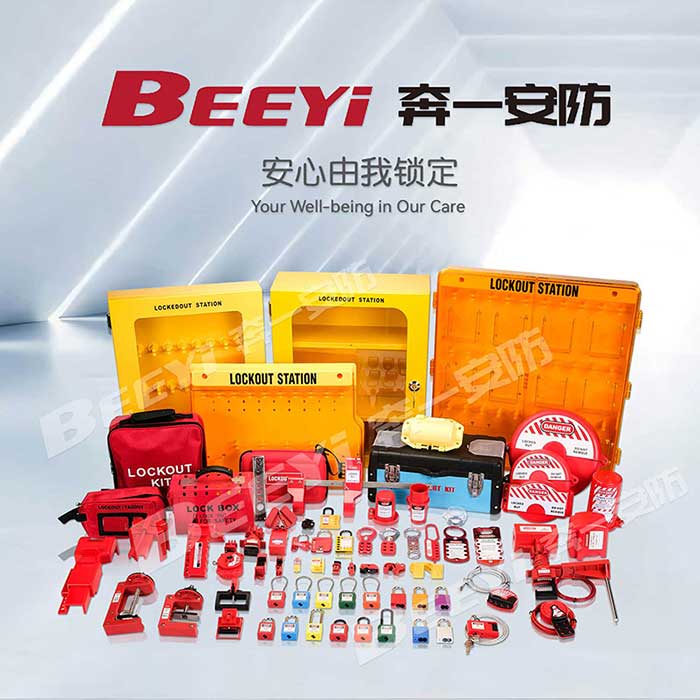the importance of lock out equipment in ensuring workplace safety
Release time:2025-11-11 05:13:54
Lockout equipment plays a critical role in ensuring safety and preventing accidents in workplaces where workers interact with machinery, electrical systems, or energy sources. These devices are integral to Lockout/Tagout (LOTO) procedures, a safety protocol designed to protect employees from accidental energy release during maintenance or repair operations. Lockout equipment ensures that hazardous energy is securely isolated, preventing injuries or fatalities caused by machinery starting unexpectedly, equipment malfunctioning, or the release of dangerous substances. This article explores the importance, types, and best practices related to lockout equipment.

The Need for Lockout Equipment
Workplaces that involve heavy machinery, electrical systems, or other potentially hazardous energy sources pose significant risks to employees. Injuries caused by the unexpected release of energy can be catastrophic, including electrical shocks, mechanical injuries, and exposure to toxic substances. These incidents are not only dangerous but can lead to long-term health issues, increased medical costs, and reduced productivity.
The primary function of lockout equipment is to ensure that all energy sources are effectively isolated while workers perform maintenance tasks. By using lockout devices, employers can ensure that machines cannot be started unintentionally and that hazardous energy sources remain securely off. This is critical for preventing workplace accidents, and it is a key element of occupational safety regulations worldwide, such as those outlined by OSHA (Occupational Safety and Health Administration).

